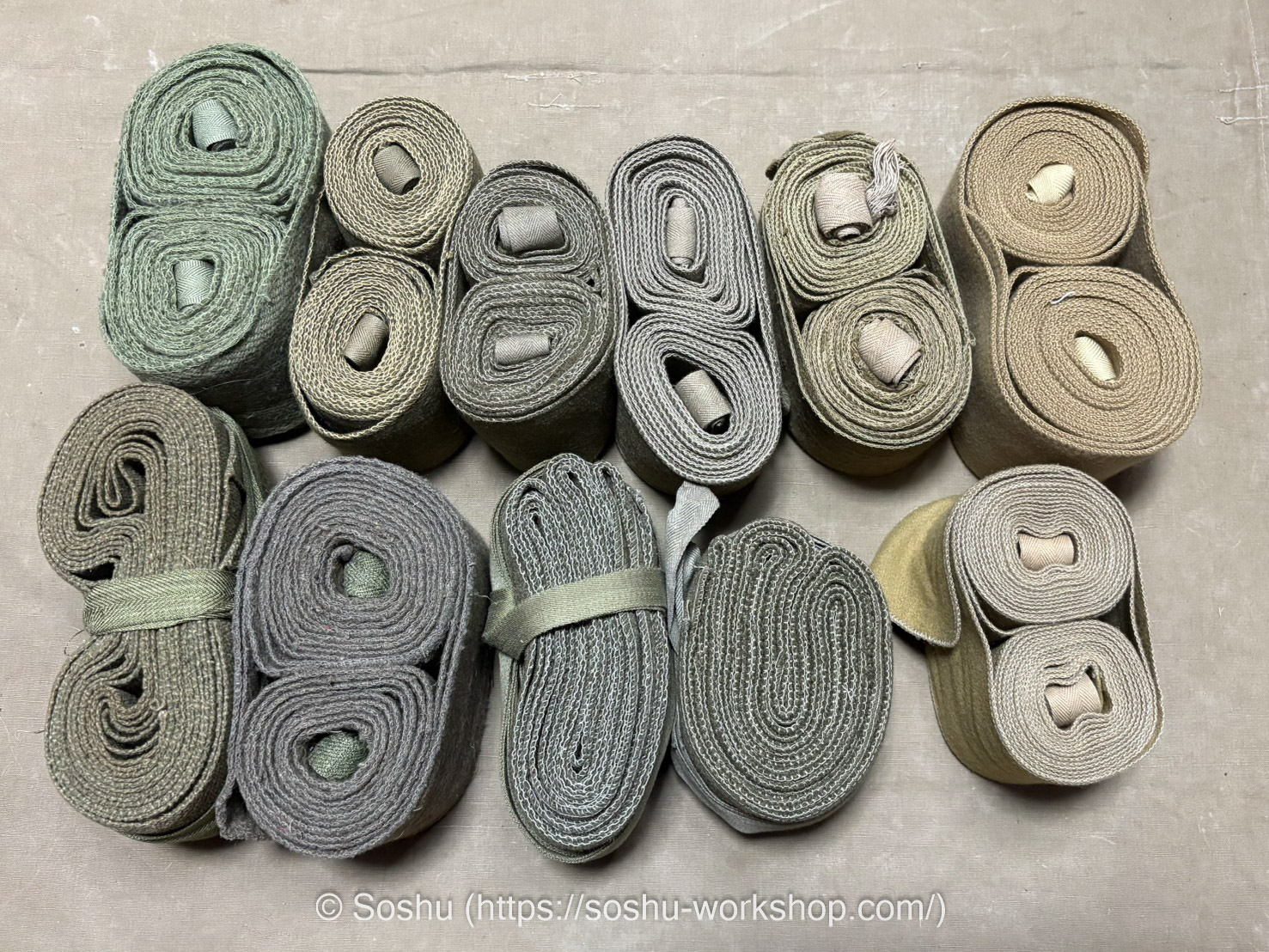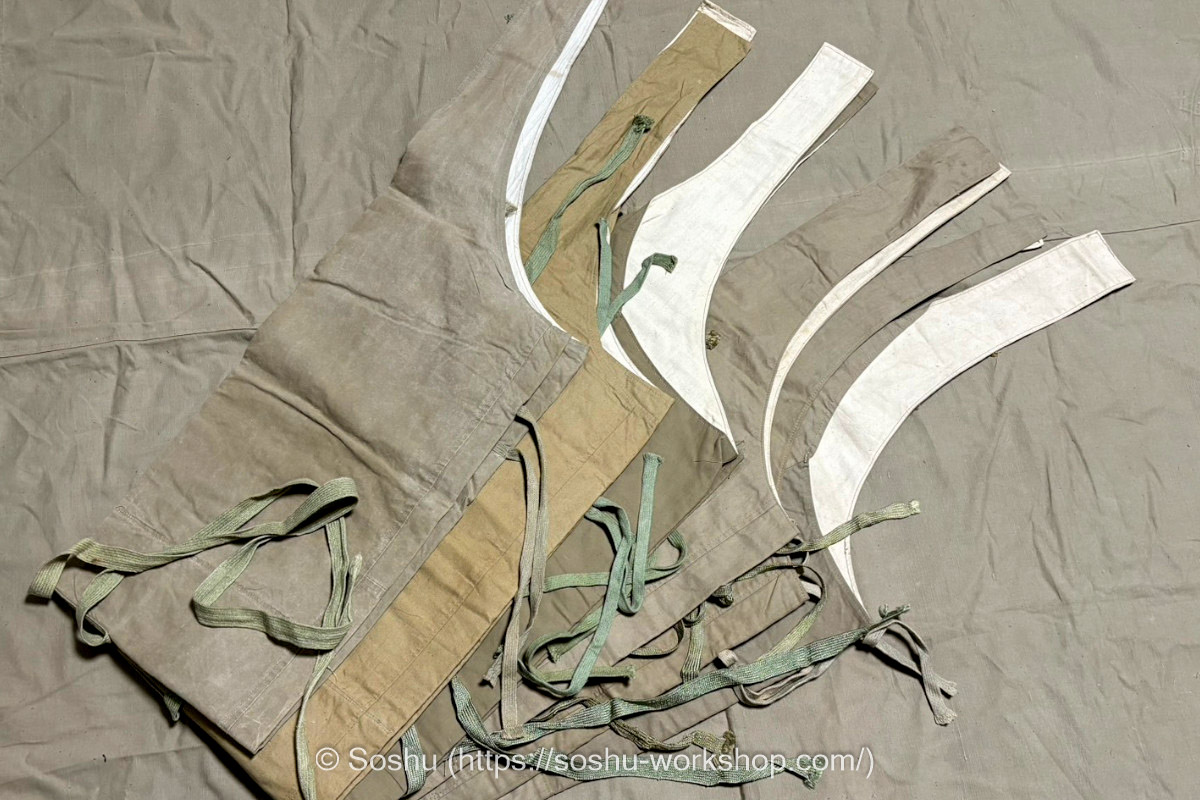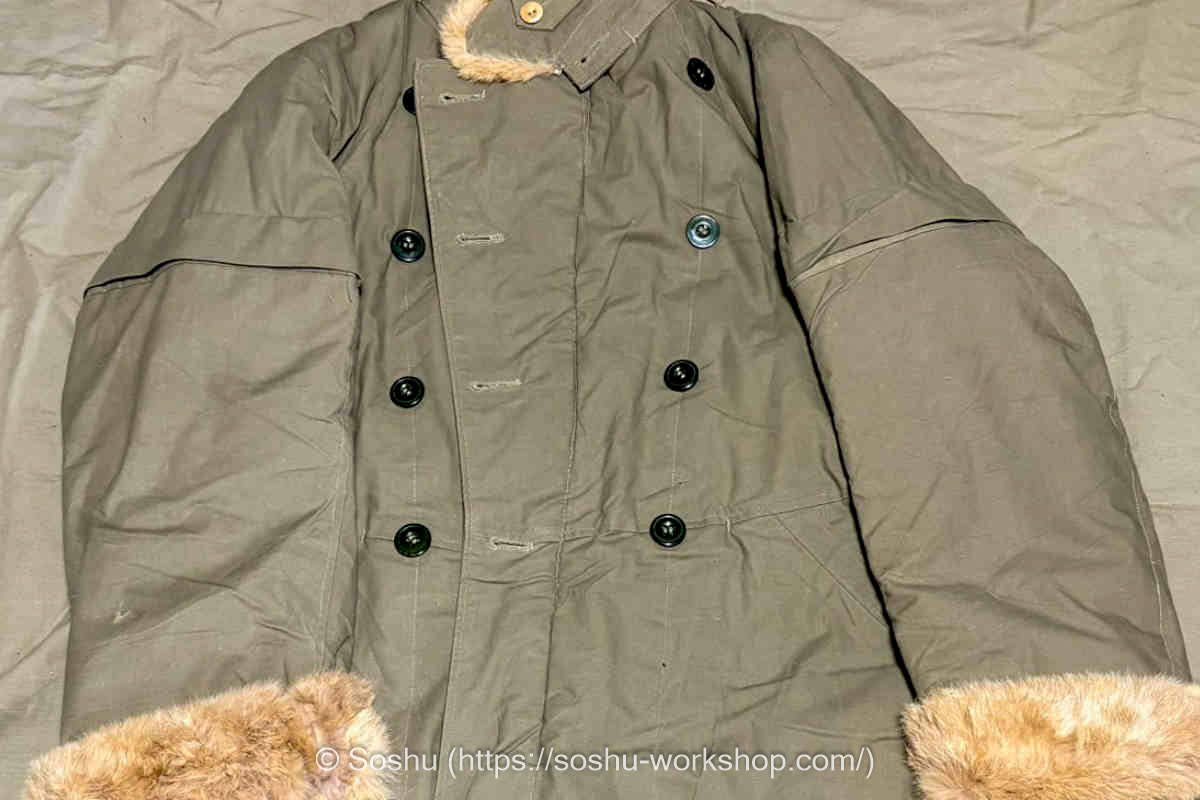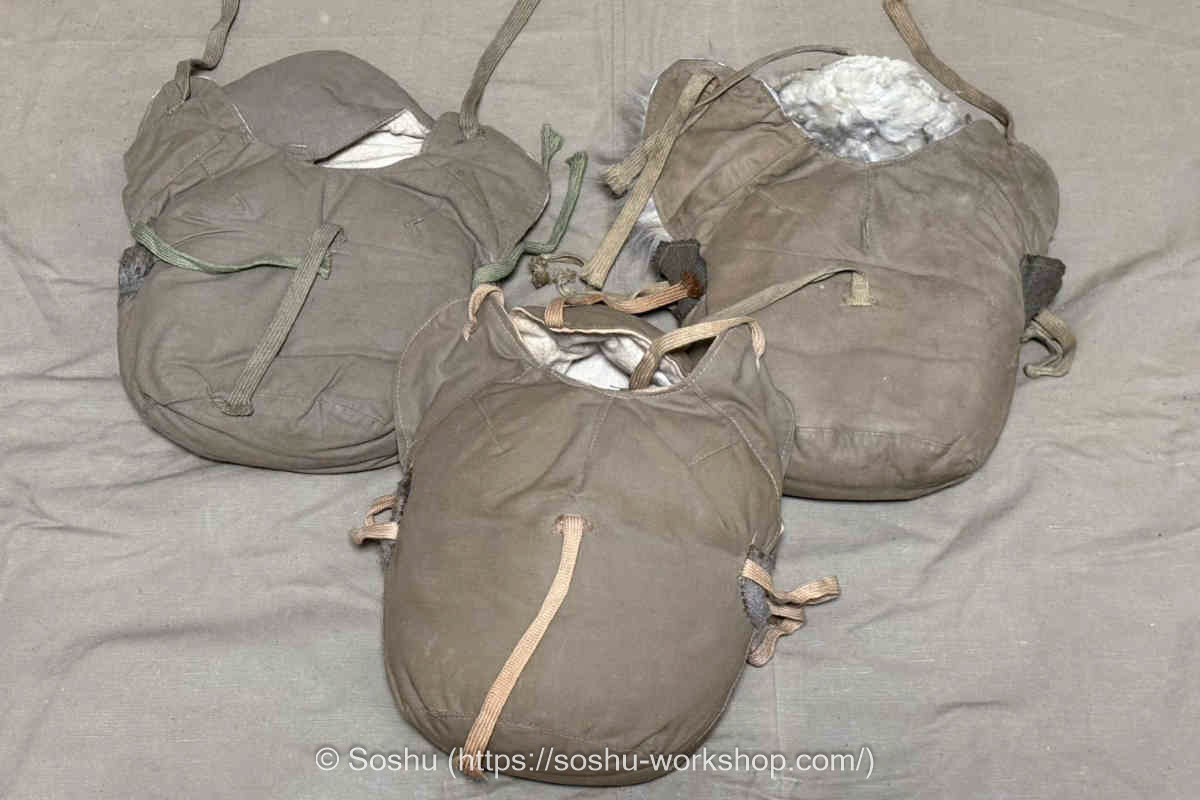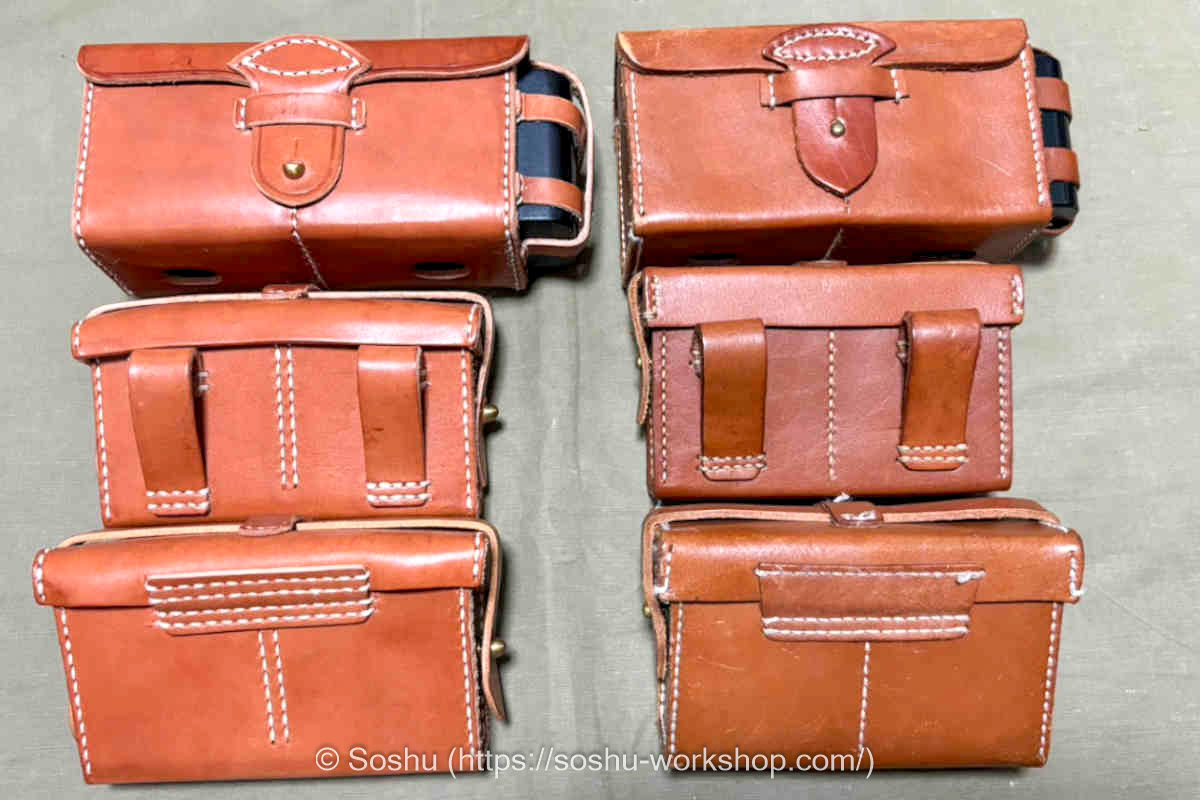Wool Leggings
This article introduces wool leggings used during the Greater East Asia War period. Wool leggings varied widely in color and material, and these differences allow us to roughly estimate their period of use. When recreating historical military uniforms, paying attention to such details helps achieve a more authentic appearance.
